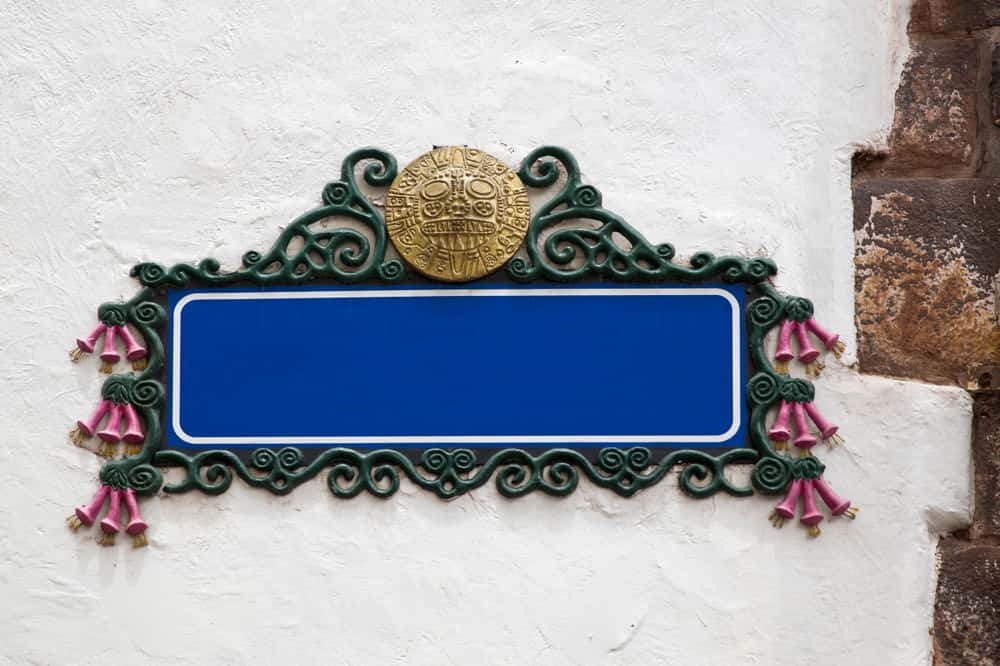When planning a new home or refurbishing an old one, there is one aspect that is often ignored. The name plate.
Why is a name plate important? To begin with, it indicates your address to delivery personnel. With an accurate name plate, your courier, food and other deliveries will reach you on time.
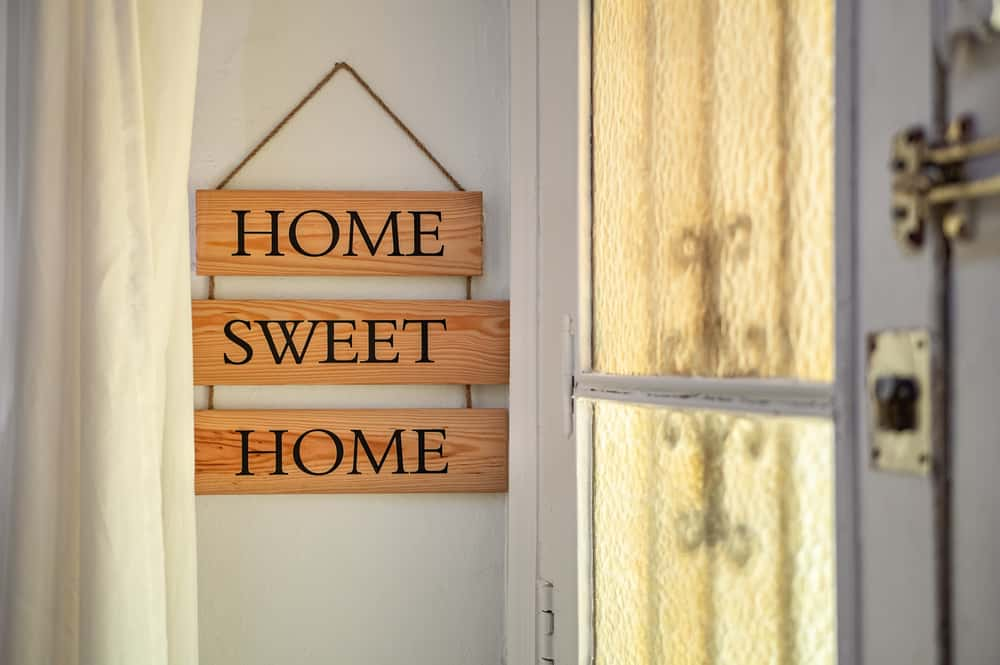
Your name plate design can also be seen as a first introduction to your home. The name plate design could match the interiors, be warm and welcoming, and simply announce who you are and where you live.
Name plates are significant in the art of Vaastu Shastra, too. Some experts believe that opportunities will come knocking on your door with a proper name plate design.
Best Locations for Name Plates
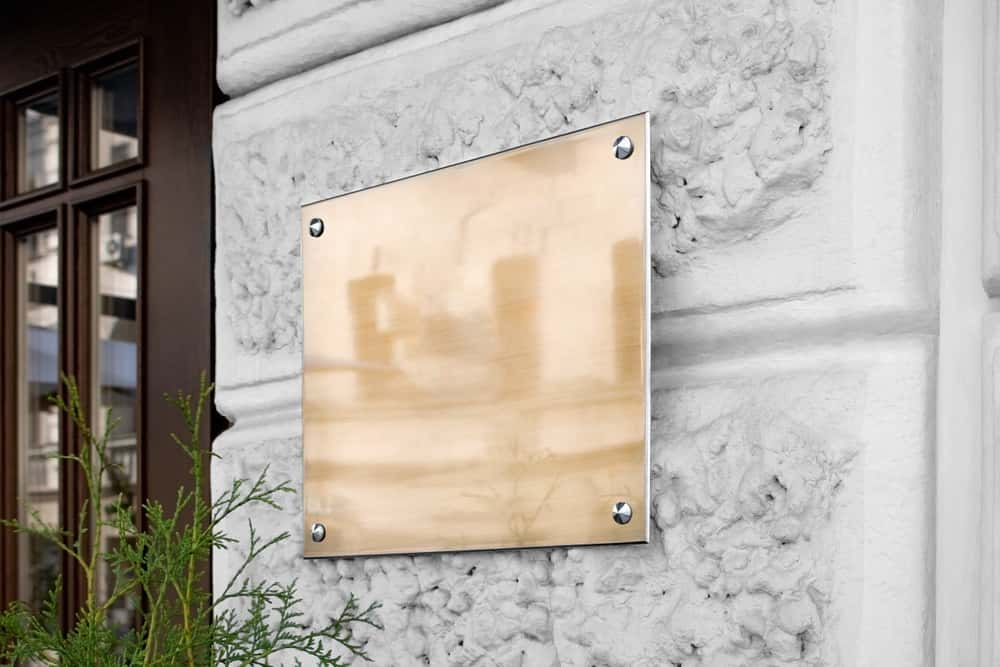
For most people, the main door of the house is the ideal place for a name plate. This is clearly the entryway to the house, and it is where the name plate belongs. It should be at eye level so that it is easy to read.
In some cases, it may not be possible to place a name plate on the door itself. This could be because of the door material or because the door is designed in such a way that the name plate does not belong.
At such times, placing the name plate on a wall next to the door is perfectly acceptable. It should be close to the door to indicate the house it is referring to. Those who have stand-alone, independent houses should also put a name plate on the outer gate itself.
In all cases, the name plate should be firmly attached. It should never be loose, in danger of coming off, or misaligned.
Name Plate Selection and Installation Tips
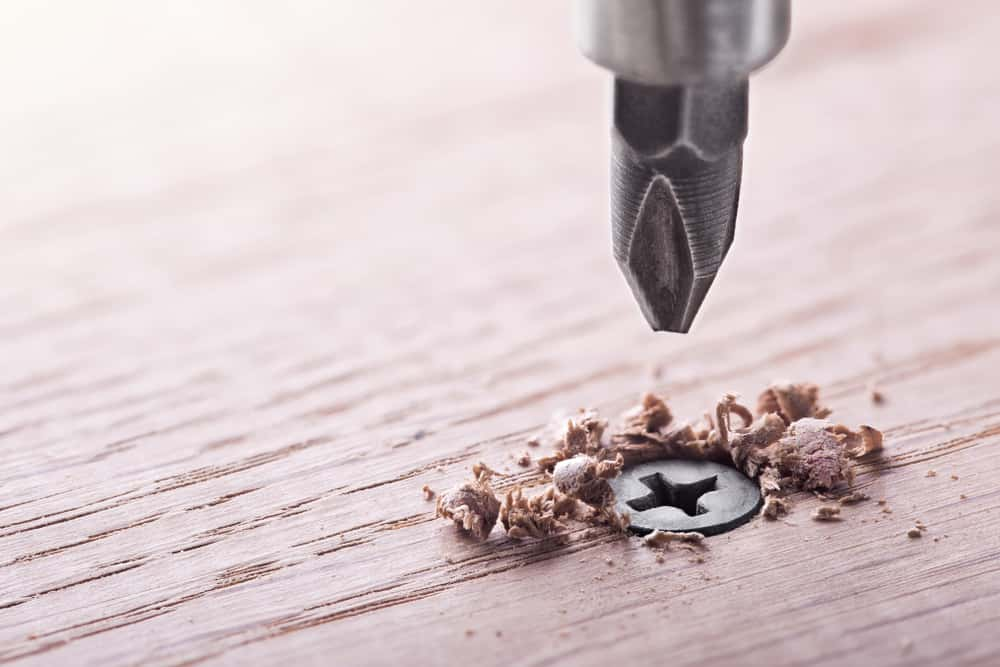
We’ve already mentioned above that it is important for your name plate to be firmly fixed on the wall, door, or gate. Here are some more pointers on proper selection and installation.
- If the name plate is on your door, you should first ascertain that the door material is suitable for drilling or attachments. The same goes for the material of the name plate.
- The colour of the name plate should offer a contrast to the background. This is because you want the name plate to be visible and not merge with the wall or door.
- The size of the name plate should only be large enough to comfortably contain all the elements that you plan to include. It should not look cramped on the one hand or unnecessarily large on the other.
- In the case of corridors or dimly-lit exterior spaces, you should ensure that enough light falls on the name plate. There is no point in placing it in a location where it cannot be read.
- Depending on the material of the name plate, you need to make sure that it is fixed in a place where it is not damaged by the weather. Moisture and sunlight, for example, can degrade some name plates.
What Should Appear on a Name Plate?
Many people simply put their surnames on a name plate design for home. This is enough to indicate who lives within. For many others, a nice personal touch is to also include the first names of all the people in the household, including the children.
Space permitting, it is also a good idea to include address details such as the apartment number. This clears up any confusion for delivery personnel and others visiting for the first time.
External name plates should contain the names of all those who stay within, including residents living in separate flats. The flat numbers and floors should be clearly indicated.
Vaastu Shastra Tips for Name Plates
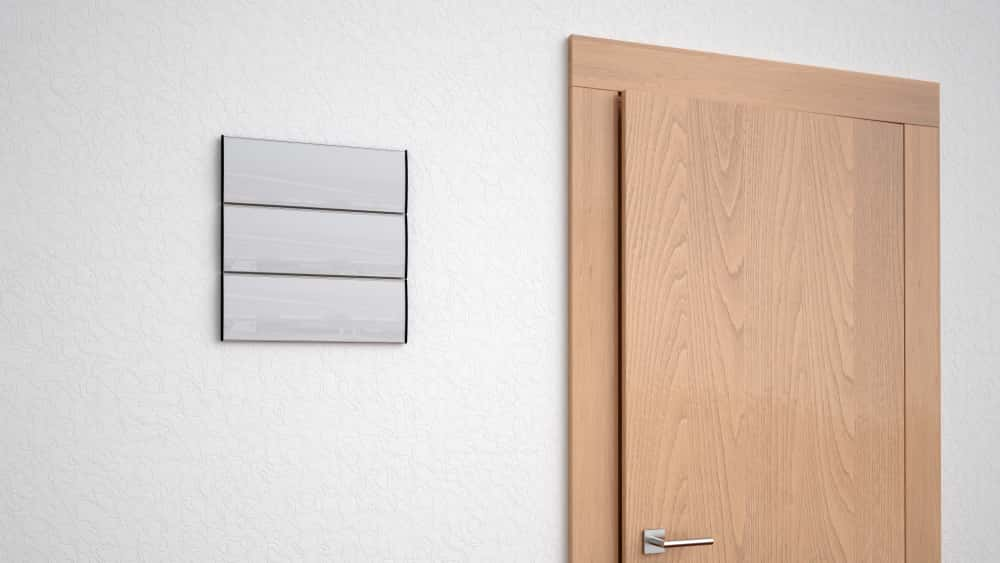
Vaastu Shastra, the ancient Indian art of architecture and home décor, has many pointers for house name plate designs. These suggestions are to ensure that the right energy flow and balance are maintained. Here are some of them.
- The name plate should be fixed on the left side of the door, and not the right. It is considered more auspicious.
- The name plate should be on the upper half of the door and not at the bottom.
- When a name plate is misaligned or hanging, the flow of energy is obstructed.
- Name plates should be cleaned regularly and should not be in a damaged condition.
- Some Vaastu Shastra practitioners believe that if the door of the house faces the north or west, a metallic nameplate is best. If the door faces the south or east, a wooden name plate is recommended.
- There should not be any obstructions in front of the name plate, such as a pole or a tree.
Name Plate Materials
There is a wide variety of materials available for name plate design. You will be sure to find something that ticks all the boxes: aesthetic appeal, durability, weight, and more.
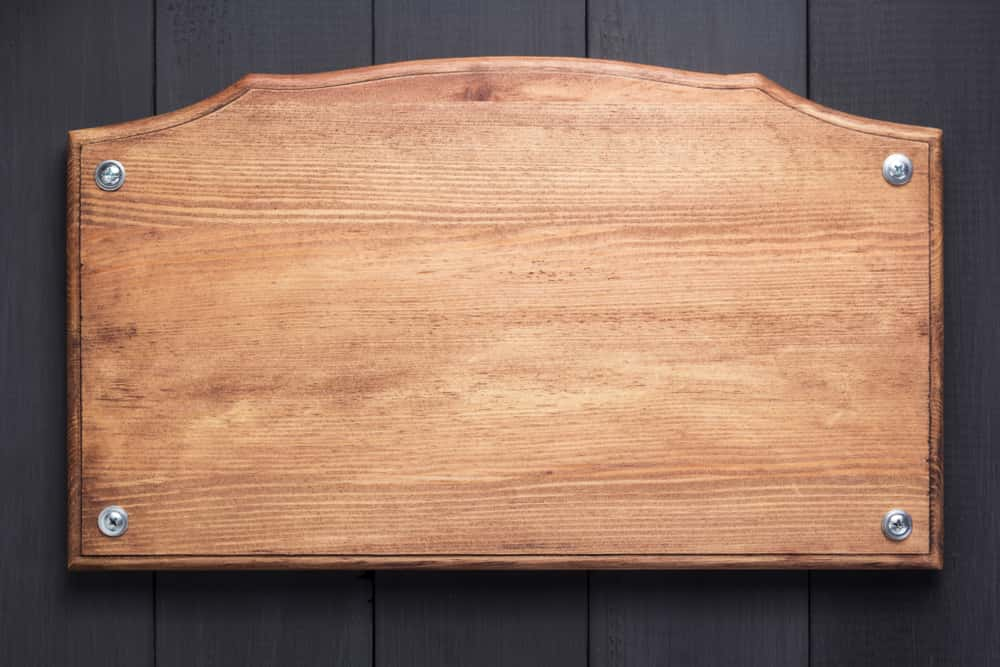
Wooden name plates are extremely popular. They look appealing, with letters carved into the wood. Nowadays, fibre-board and other engineered wood can be used. These are tougher and will last longer.
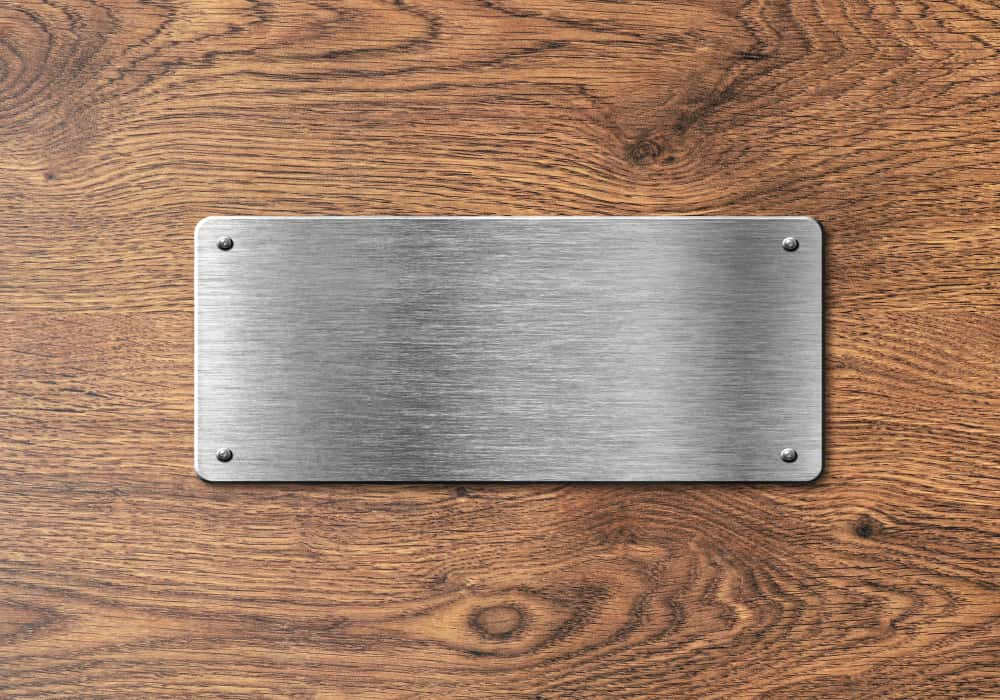
Steel name plates can look elegant and striking. The material is resistant to water and other elements. Names and other details can be engraved in black, which makes them stand out.
Other metals, such as aluminium or brass, can also be used. In such cases, you should make sure that they are treated to make them weatherproof.
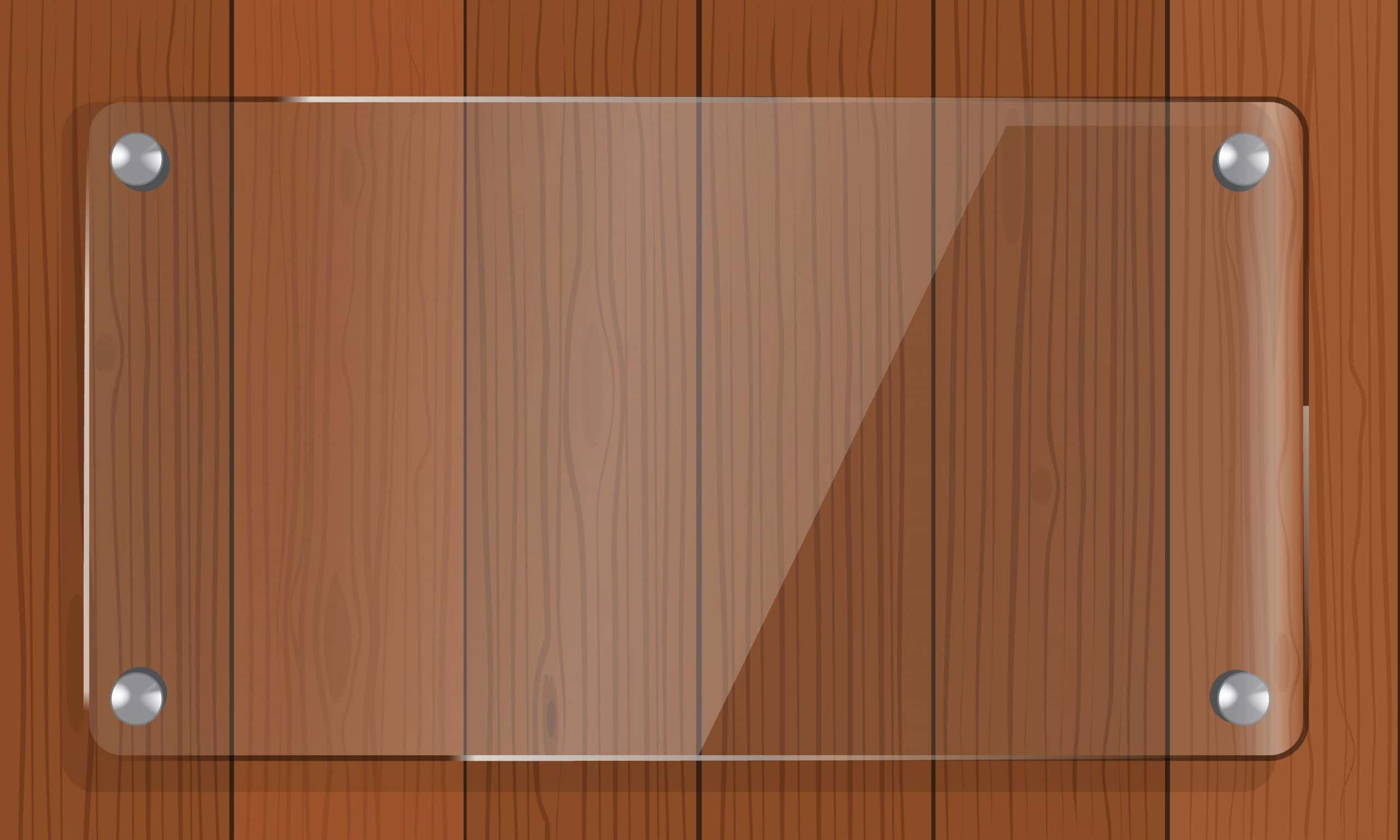
Many modern styles use acrylic and glass. These are distinctive because they are transparent. They are available in various grades and thicknesses. Here, too, you should check on their durability before making a selection.
Some Unique Name Plate Designs
Now, let’s look at some modern house name plate designs in terms of aesthetics and suitability. You can take a basic shape and material and make it as unique as you like.
Modern

Modern name plates are generally made from new-age materials. They are slender, simple, and reflect a contemporary aesthetic. Here, there are no ornate or unnecessary elements. They often use geometric shapes such as squares and rectangles. The main point is to communicate with simplicity.
Classic
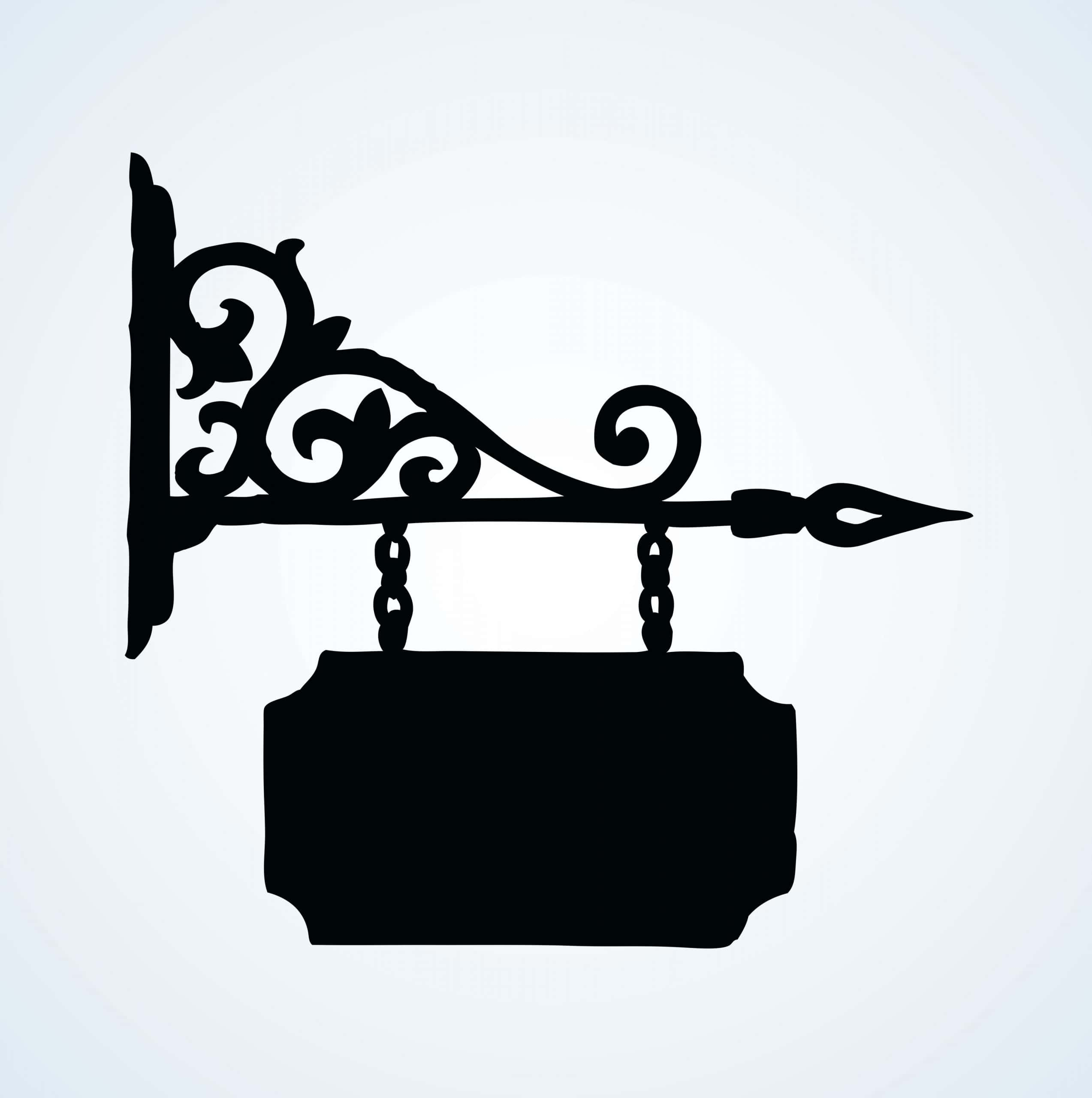
Classic name plate designs follow traditional shapes and patterns. The typography can be Victorian or any other elegant and stylish type. Many of them are oval-shaped. Many wooden name plates follow a classic pattern. They are suited to interiors that are designed on classical principles.
Floral
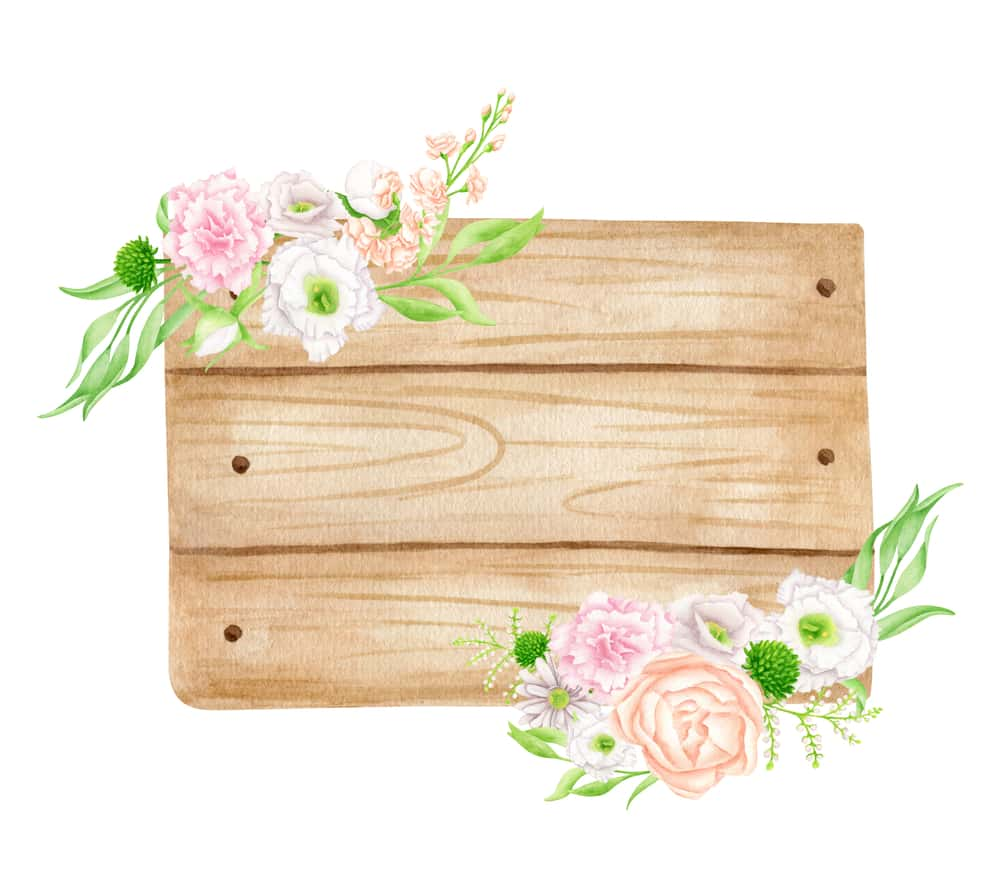
Floral name plates belong to a style of individual and colourful name plates that always stand out. In such cases, the very shape of the name plate could be floral. Or, it could contain design elements such as petals and flowers. There are fresh and appealing.
Artistic

There are many types of artistic name plates. These borrow from various schools of art. A popular choice is a Warli-inspired name plate. They can have pigmented triangles, circles or squares. They can also have elements from nature, such as representations of trees.
Minimal
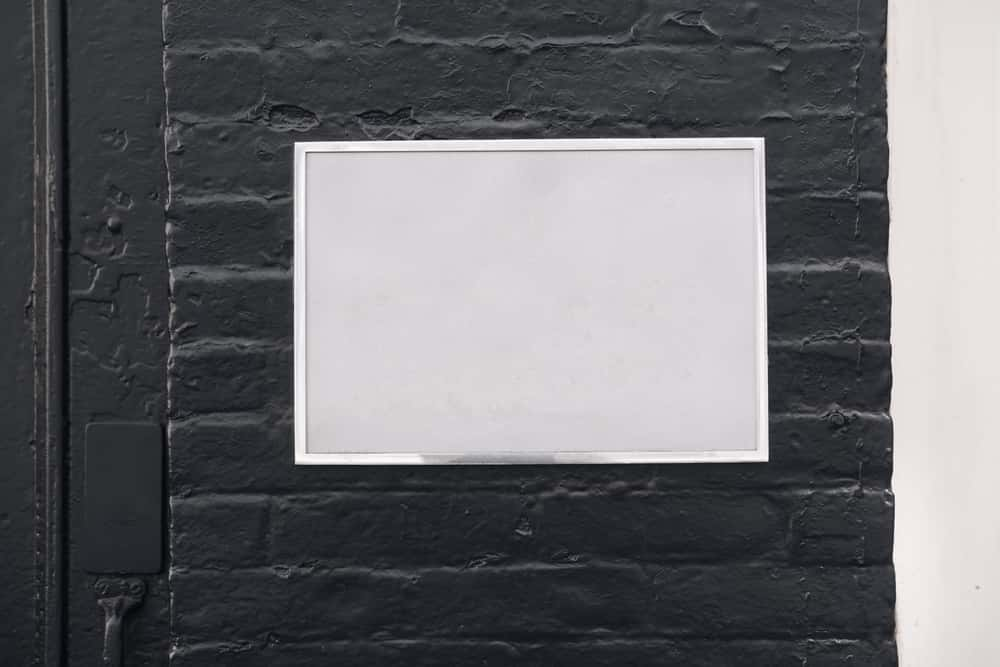
As the name suggests, minimal name plates are simple, with quality fixtures, and practical elegance. They go very well with interiors in Scandinavian or similar modernist décor. In these name plates, every element counts, and nothing is extraneous. It all adds up to a harmonious whole.
Shapes
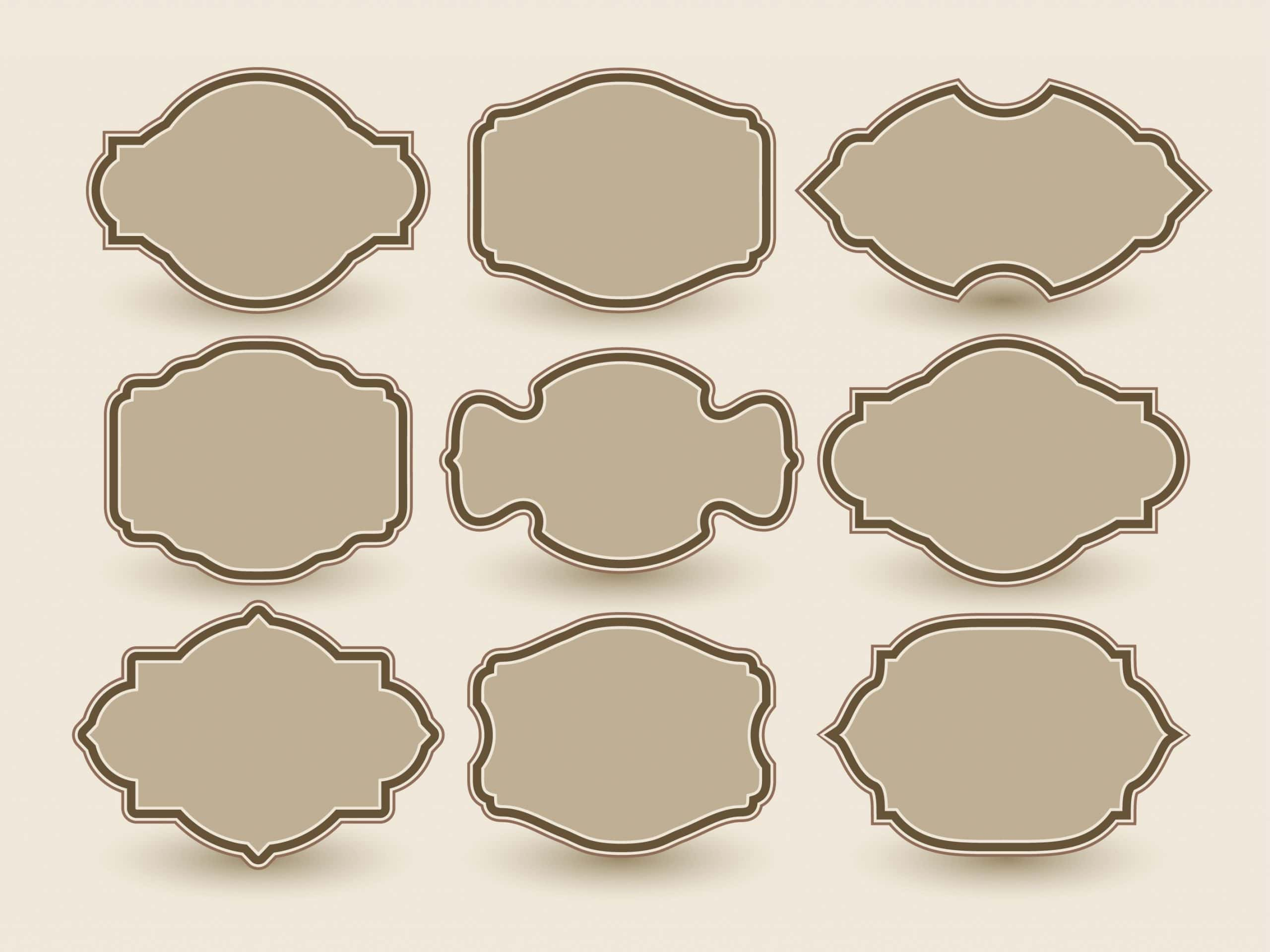
You can also choose name plates in various forms and shapes. One advantage of these is that they are distinctive. Some popular shapes are stars, ovals, and crosses. If you decide on this type of name plate, you should ensure that the chosen shape can comfortably accommodate all the information needed.
Hanging Slats
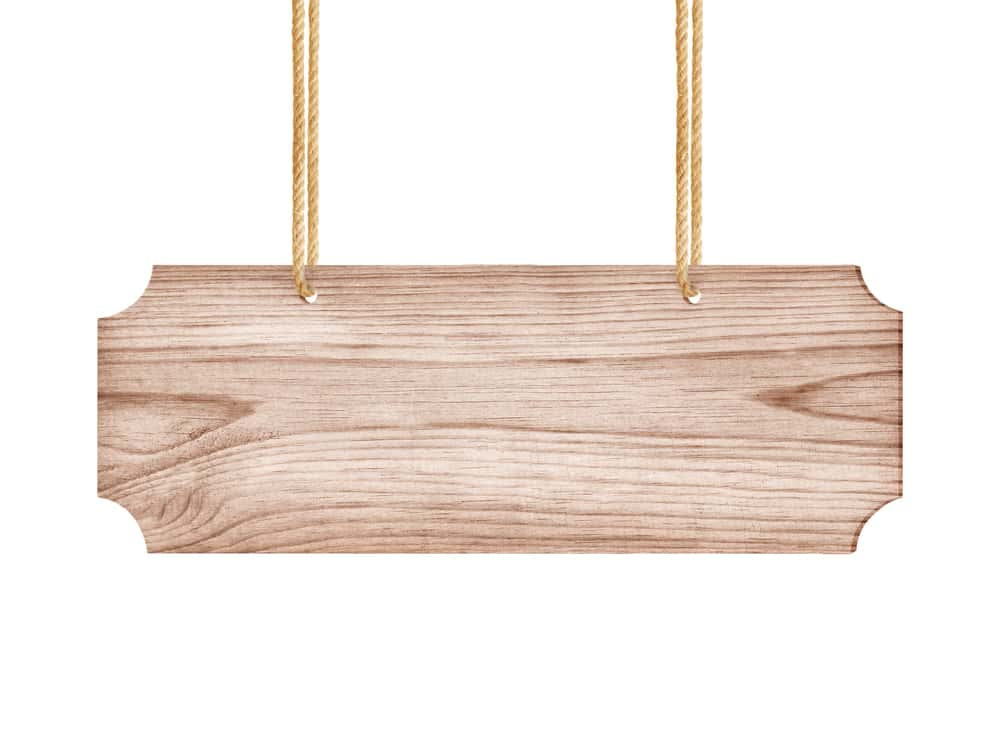
Another distinctive house name plate design is fashioned from separate slats that are held in place by an outer hanging frame. Here, each slat carries a separate piece of information. The first one has the name; the second has the apartment number, and so on. Such name plates generally need more space to be properly designed.
Framed

Name plates with frames are preferred by many homeowners. The frames of these name plates set them apart from the rest. Typically, the frame is of a different material: a lighter wooden name plate can have a frame made from dark wood, or an acrylic name plate can have a steel frame.
Transparent
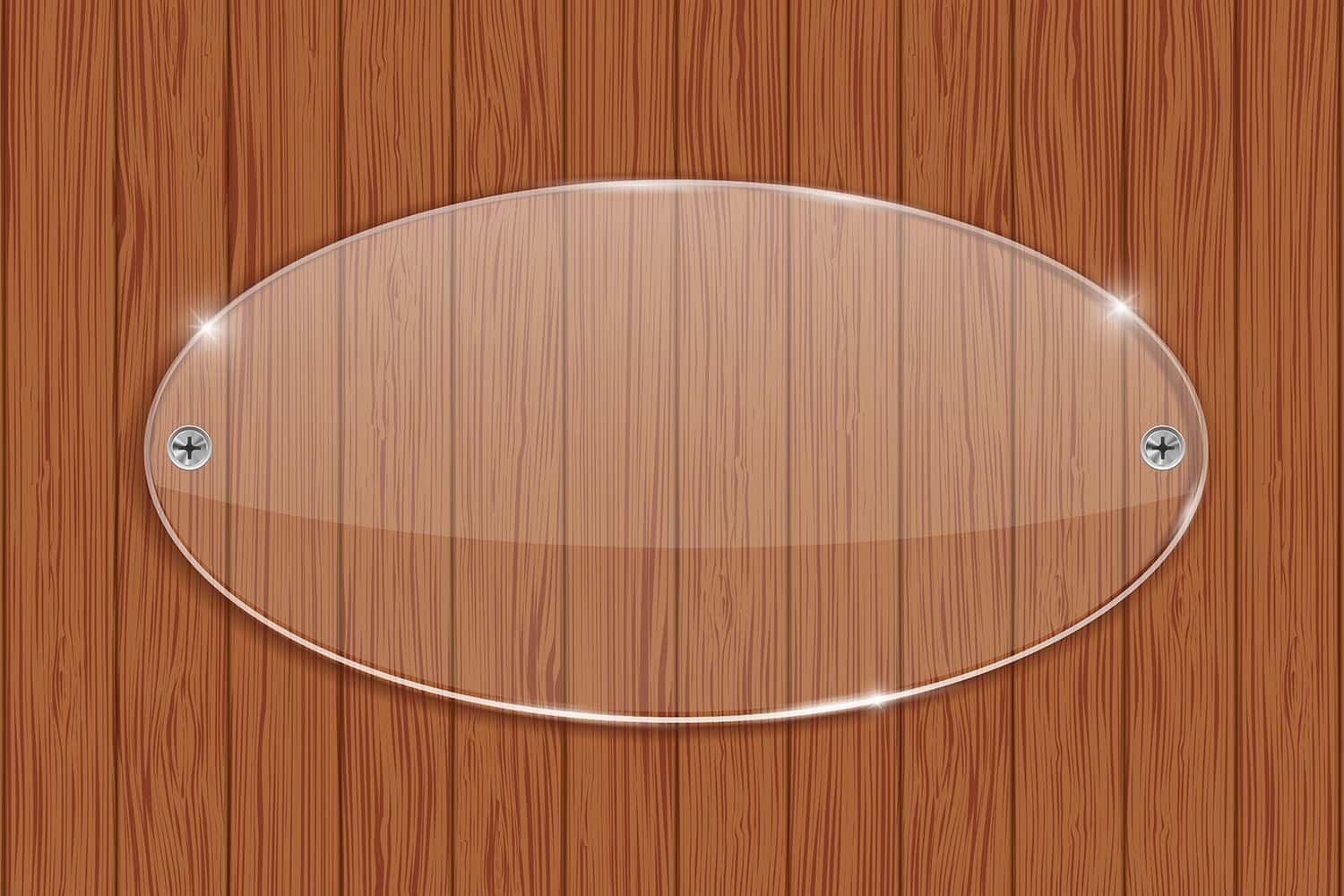
Transparent name plate design for home is a modern and stylish innovation. They are fashioned from acrylic or glass, with letters and numbers etched on them. They look contemporary and up-to-date. However, they can require regular maintenance and care in order to look their best.
Illuminated
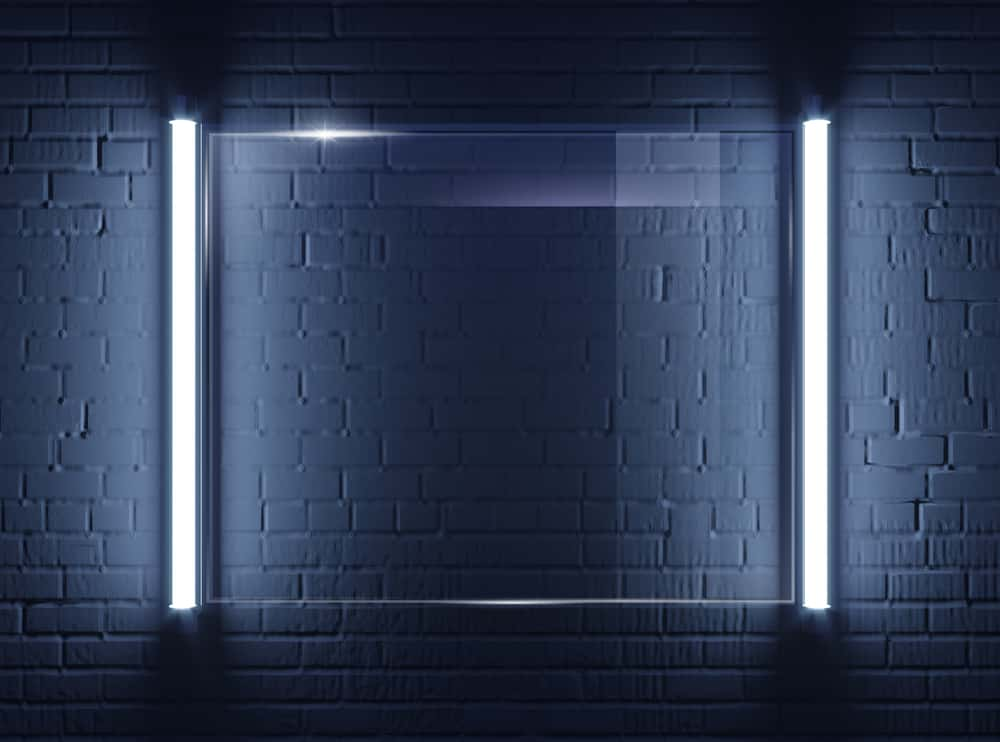
What do you do when the outer part of your house is dark, and you expect many visitors over time? Lit-up name plates can be a solution. These will be impossible to miss. The more flamboyant can even think of lighting that periodically changes colour.
Name Plate Typography
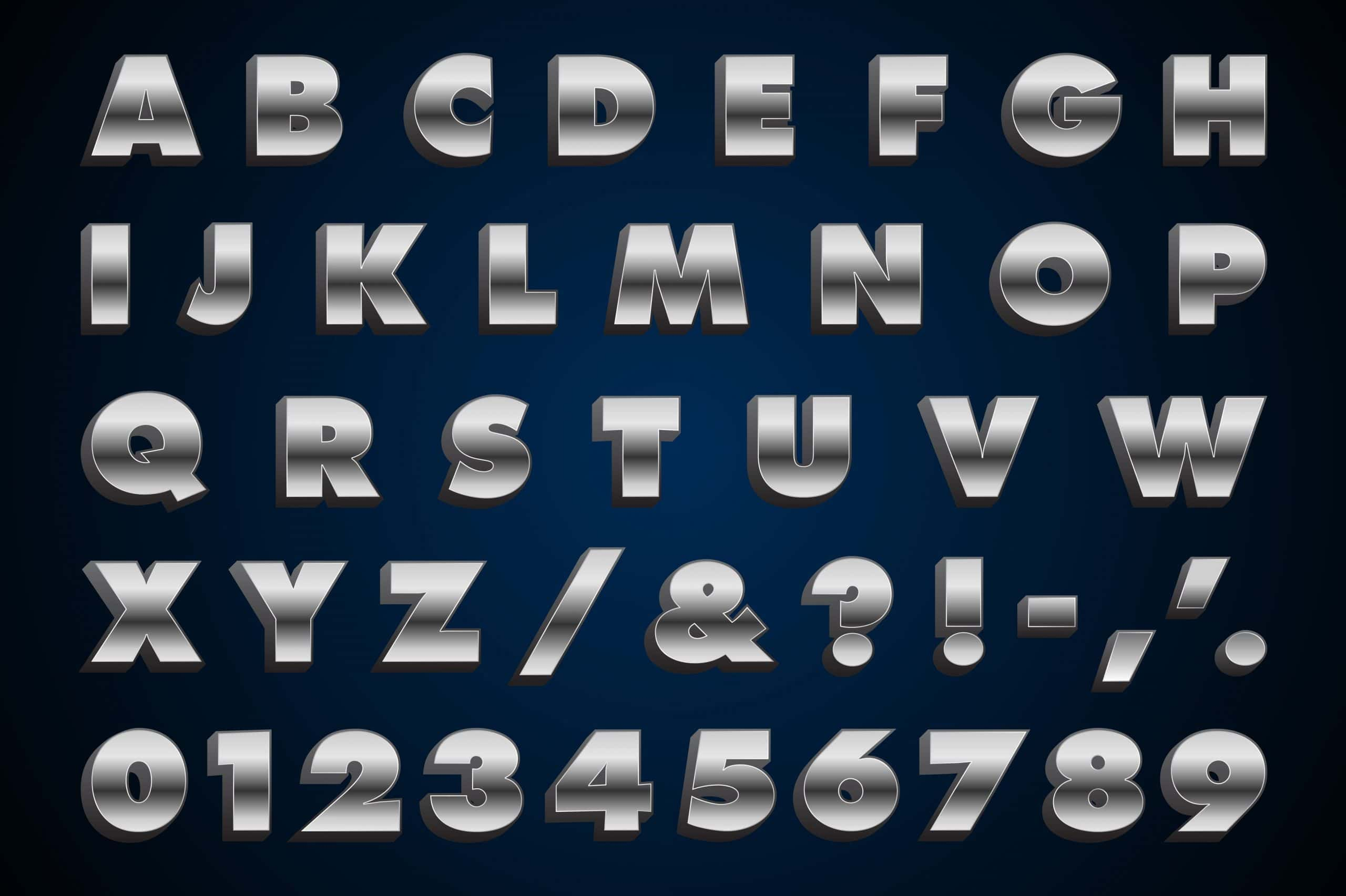
The shape of the letters and numbers is an important aspect of unique name plate designs for homes. At all times, you should make sure that it is readable and legible.
Often, the name is in a bigger point size than the rest. This can be followed by smaller letters.
In general, you can choose from serif fonts, which are more classic, or sans-serif fonts, which are more contemporary. Some popular serif fonts for name plates are Trajan, Garamond and Georgia. Some widely-used sans-serif fonts are Helvetica, Futura, and Proxima.
Do not mix too many types of fonts on a name plate. This can make the overall style look messy and difficult to read.
Caring for Your Name Plate
Finally, let’s address an important issue. That is, keeping your name plate looking new and intact over time. It is easy to ignore a name plate after it has been installed, but that would be a mistake.
Just as accessories and furniture in your interior have to be cared for, name plates deserve attention too. They should be wiped down regularly. Every once in a while, they can be cleaned with a damp cloth or sponge.
You should also check regularly to see that the name plate remains properly fixed to the door or wall. If the letters and numbers look worn out or illegible, they should be touched up.
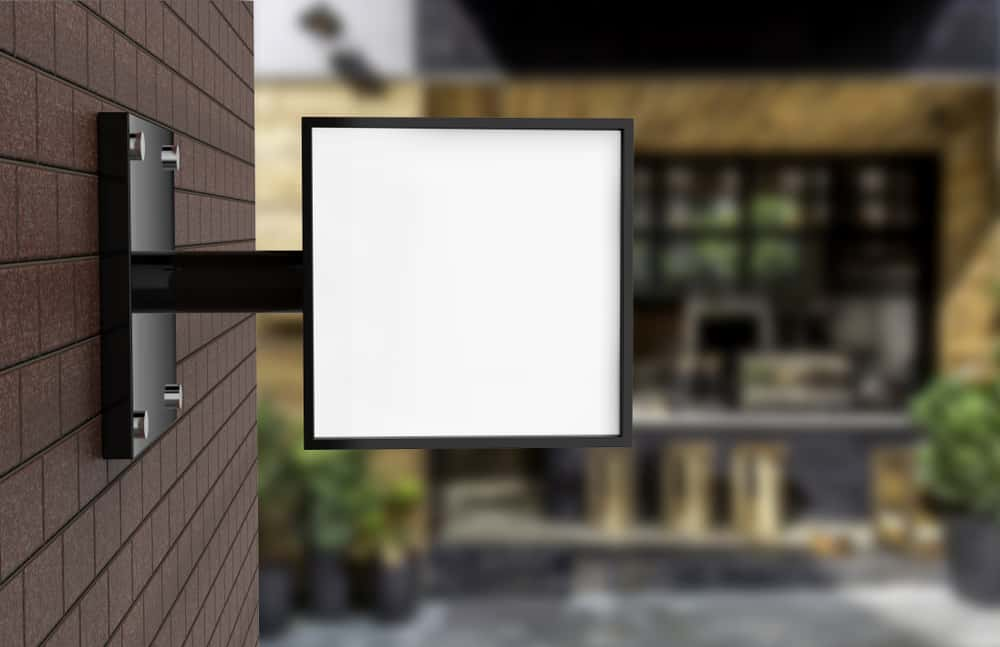
From unique name plate designs for homes to interior surroundings, the expert team at HomeLane has several other ideas just for you. After you’ve decided on a name plate, do look at some ideas for living room designs. The experts at HomeLane are always available to help you out.
FAQs
Which Is the Best Name Plate for a Home?
It all depends on the interior décor as well as the space for the name plate. Materials like wood or steel can match the door or walls. The name plate should always be at eye level. The letters and numbers should be readable. The material and style of engraving or etching on a name plate should be such as it remains looking new for a long time.
The information on the name plate should include the name of the resident and flat number at the minimum. Those who follow the principles of Vaastu Shastra say that if the door is north or west facing, a metallic nameplate is suitable. If the door faces south or east, go for a wooden name plate instead. Further, the name plate should never be out of alignment or hanging down.
What Is the Standard Size of a Name Plate?
How large or small a name plate is should depend on the location in which it is placed. For name plate designs for main gate, a name plate should be larger than normal, so that it is immediately visible from the road. For apartment name plates, many go with a size of 2 by 8 inches.
A lot depends on whether the name plate is placed in an open space or a crowded one. Another consideration is the amount of information that is to be included on the name plate. In some cases, for example, a name plate will have to be longer than usual because it will have to indicate the names of people in different apartments.
How Thick Should a Name Plate Be?
The desirable thickness of a name plate depends on the material that it is made from. For natural wood, 14 mm is seen as the right thickness by many. For prefabricated and engineered wood, it could start from 8 mm.
When it comes to metals such as aluminium and steel, name plates can be more slender because of the durability of the material. These could start from 2 mm thickness. Glass and acrylic come in different thicknesses, which could even go up to 20 mm or more.
The material is not so thick that there are problems in affixing it to the door or wall. You should also check to see how far the name plate edges protrude, as this could even be a hazard in some cases.

